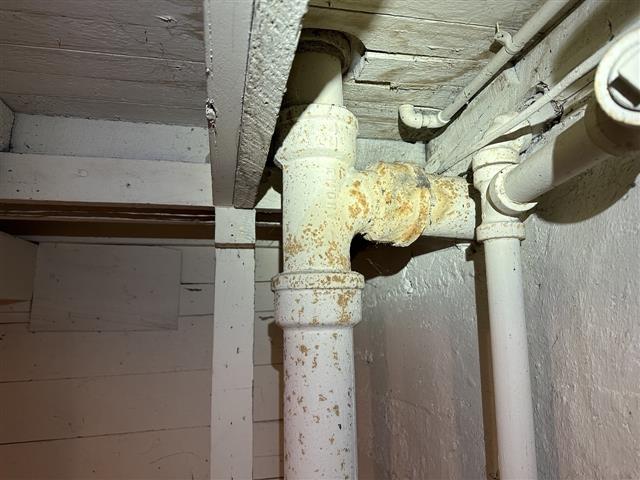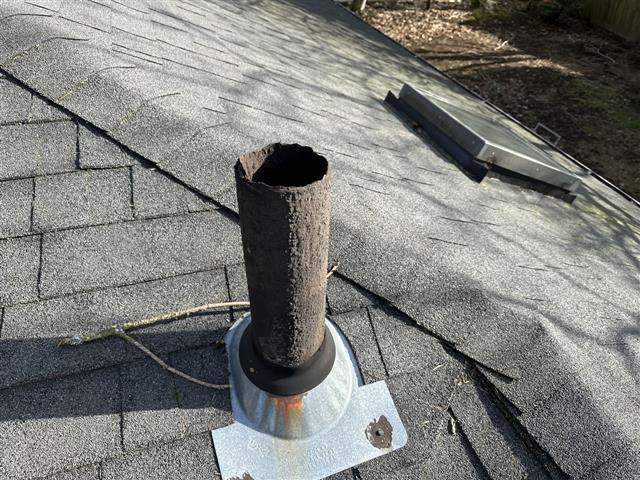
The early versions of cast iron pipes were thick and heavy, making them difficult to install. However, advances in manufacturing technology in the mid-20th century made them lighter and more manageable. Additionally, the introduction of plastic piping in the 1950s threatened the popularity of cast iron, but it remained a popular choice due to its longevity and reliability.
In recent years, PVC and ABS piping has become a popular alternative to cast iron. However, many homeowners and contractors still prefer cast iron because it can withstand more extreme temperatures, is more resistant to corrosion, and has a lifespan of up to 100 years.
Like all plumbing systems, cast iron pipes can fail over time. Corrosion is one of the most common causes of cast iron pipe failure. Over time, cast iron pipes can develop rust and corrode due to exposure to air and water. When this happens, the pipes can weaken, leading to cracks and holes that can cause leaks and water damage. Cast iron pipes can also corrode internally, leading to reduced water pressure and flow.
Another common cause of cast iron pipe failure is tree root intrusion. As trees grow, their roots can penetrate the pipes, causing blockages and damage. Over time, the pressure from the roots can cause the pipes to crack and break.

To prevent clogs in old cast iron pipes, it’s important to have regular maintenance and inspections performed on the plumbing system. Professional plumbers can use special tools to clean and remove blockages in the pipes, helping to prevent clogs before they become a serious issue. In some cases, it may be necessary to replace old cast iron pipes with newer materials, such as PVC or copper, to prevent clogs and other issues.
If cast iron pipes fail, it is important to address the issue promptly to prevent water damage and other problems. The necessary steps to fix the issue will depend on the extent of the damage and the location of the failed pipes. In some cases, it may be possible to repair the pipes by patching or relining them, but in other cases, it may be necessary to replace them entirely.
Replacing cast iron pipes can be a complex, expensive, and time-consuming process, as it often involves removing walls, floors, and other structures to access the pipes. If the pipes are underground, excavation may also be necessary.
After the pipes have been replaced or repaired, it’s important to take steps to prevent future issues. Regular maintenance and inspections by professional plumbers can help to detect issues early and prevent costly repairs down the line.
You can learn more about cast iron pipes in the following video:
